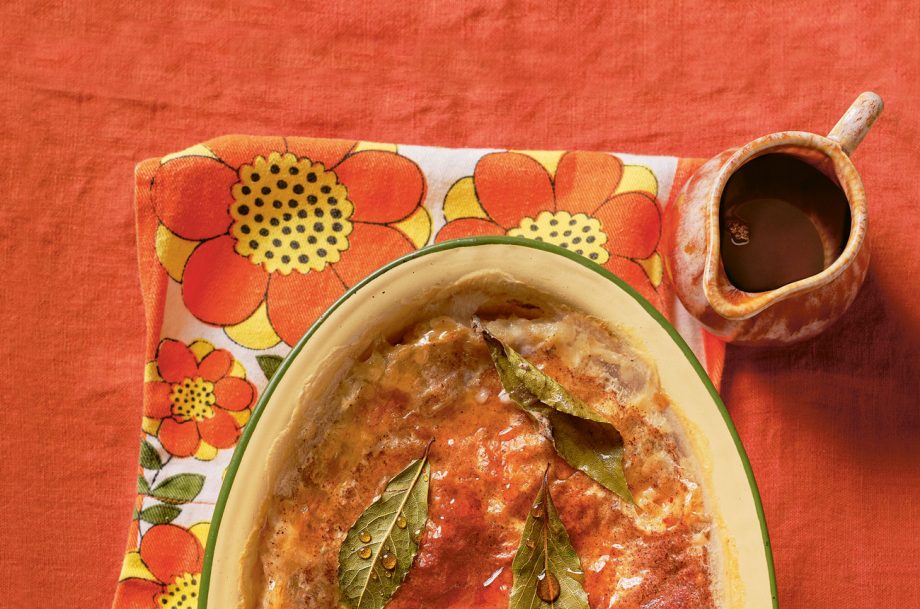Lasagna: Recipes, Tips, and Perfect Pairings
Homemade lasagna has deep historical roots tracing back to Ancient Greece and Rome. The modern version evolved in Italy in the Middle Ages. By the 14th century, lasagna recipes appeared in Italian cookbooks. The dish transitioned from a layered pasta with cheese and spices to a hearty meal with tomato sauce, meat, and multiple cheeses. This evolution underscores its significant cultural adaptation over time.
Cultural Variations
Lasagna varies in different cultures, reflecting unique regional tastes. In Italy, Northern regions like Emilia-Romagna use béchamel sauce and Bolognese ragu, while Southern regions prefer ricotta cheese and simpler tomato sauce. In the United States, lasagna includes generous amounts of mozzarella, ricotta, and a robust meat sauce. Vegetarian versions use vegetables like spinach, zucchini, and mushrooms. Internationally, countries like Greece and Mexico have created their own lasagna-inspired dishes, incorporating local ingredients and flavors.
Essential Ingredients for Homemade Lasagna
Choosing the Right Meat
Select ground beef or pork for traditional lasagna. Both types provide rich flavors, with ground pork offering a slightly higher fat content. Use a meat mixture, such as beef and pork, to balance texture and taste. For a lighter option, ground turkey or chicken works well. Ensure the meat is cooked through and drained to avoid excess grease in your dish.
The Best Cheeses to Use
Mozzarella, ricotta, and Parmesan are essential cheeses for homemade lasagna. Mozzarella melts beautifully, creating a gooey layer on top. Ricotta adds a creamy texture and slightly sweet flavor to the filling. Parmesan provides a sharp, nutty taste that complements the other cheeses. Blend these cheeses for a well-rounded flavor. For variations, consider using Provolone, Pecorino Romano, or Asiago.
Step-by-Step Guide to Making Lasagna
Preparing the Layers
Start by gathering all your ingredients. Prepare the meat sauce first if you’re using one. Cook ground beef, pork, or a mixture in a large skillet until browned. Add onion, garlic, tomatoes, and desired seasonings like basil or oregano. Simmer this mixture for at least 30 minutes to meld the flavors.
While the sauce simmers, cook the lasagna noodles in a large pot of boiling salted water. Stir occasionally to prevent sticking. Cook until al dente, which typically takes 8-10 minutes. Drain and lay the noodles flat on a baking sheet to prevent them from sticking together.
Next, prepare the cheese filling. In a bowl, mix ricotta cheese, shredded mozzarella, and grated Parmesan. For added flavor, consider blending in a beaten egg, fresh parsley, and ground pepper.
Assemble your lasagna by spreading a thin layer of sauce at the bottom of a baking dish. This prevents the noodles from sticking. Lay a single layer of noodles over the sauce. Spread a layer of the cheese mixture over the noodles, followed by a layer of meat sauce. Repeat this process, layering noodles, cheese, and sauce until you run out. Finish with a final layer of sauce and a generous topping of shredded mozzarella and Parmesan.
Baking Tips
Preheat your oven to 375°F (190°C). Cover the assembled lasagna with aluminum foil to prevent the top from browning too quickly. Bake for 25 minutes. Remove the foil and continue baking for another 25 minutes, or until the top is golden and the cheese is bubbly.
Check for doneness by inserting a fork or knife into the center. If it goes through easily and the internal temperature reaches at least 160°F (71°C), it’s ready. Let the lasagna rest for 10-15 minutes after removing it from the oven. This allows it to set and makes slicing easier.
Serve your homemade lasagna with a side of garlic bread or a fresh green salad. Enjoy the rich layers of flavor you’ve meticulously prepared.
Pairing and Serving Ideas for Lasagna
Wine Pairings
Choosing the right wine enhances your lasagna experience. Robust red wines pair well with the rich, layered flavors of lasagna. Consider full-bodied options such as Barolo, Chianti, or Cabernet Sauvignon. Each wine complements the savory meat sauce and cheesy layers. For a lighter pairing, opt for an Italian Sangiovese. Its acidity cuts through the richness, providing balance. White wine lovers can try Pinot Grigio for a crisp, refreshing option.
Side Dishes
Select side dishes that balance the richness of lasagna. Fresh salads provide a crisp contrast. Caesar salad, with crisp romaine and tangy dressing, complements lasagna’s rich flavors. Garlic bread adds a crunchy, flavorful touch. You can make it with freshly baked baguette, butter, and minced garlic. Roasted vegetables like zucchini, bell peppers, and carrots add a nutritious, flavorful element. Their natural sweetness pairs well with the savory notes. Steamed vegetables, including broccoli and green beans, offer a lighter, healthier option.
Conclusion
Crafting a homemade lasagna is more than just following a recipe; it’s about embracing a culinary tradition rich in history and flavor. By using fresh ingredients and following the steps outlined, you’ll create a dish that delights the senses and brings people together. Pair your lasagna with the right wine and side dishes to elevate your meal to a memorable experience. Whether you’re a seasoned chef or a kitchen novice, homemade lasagna offers a rewarding and delicious culinary adventure. Enjoy every bite!






